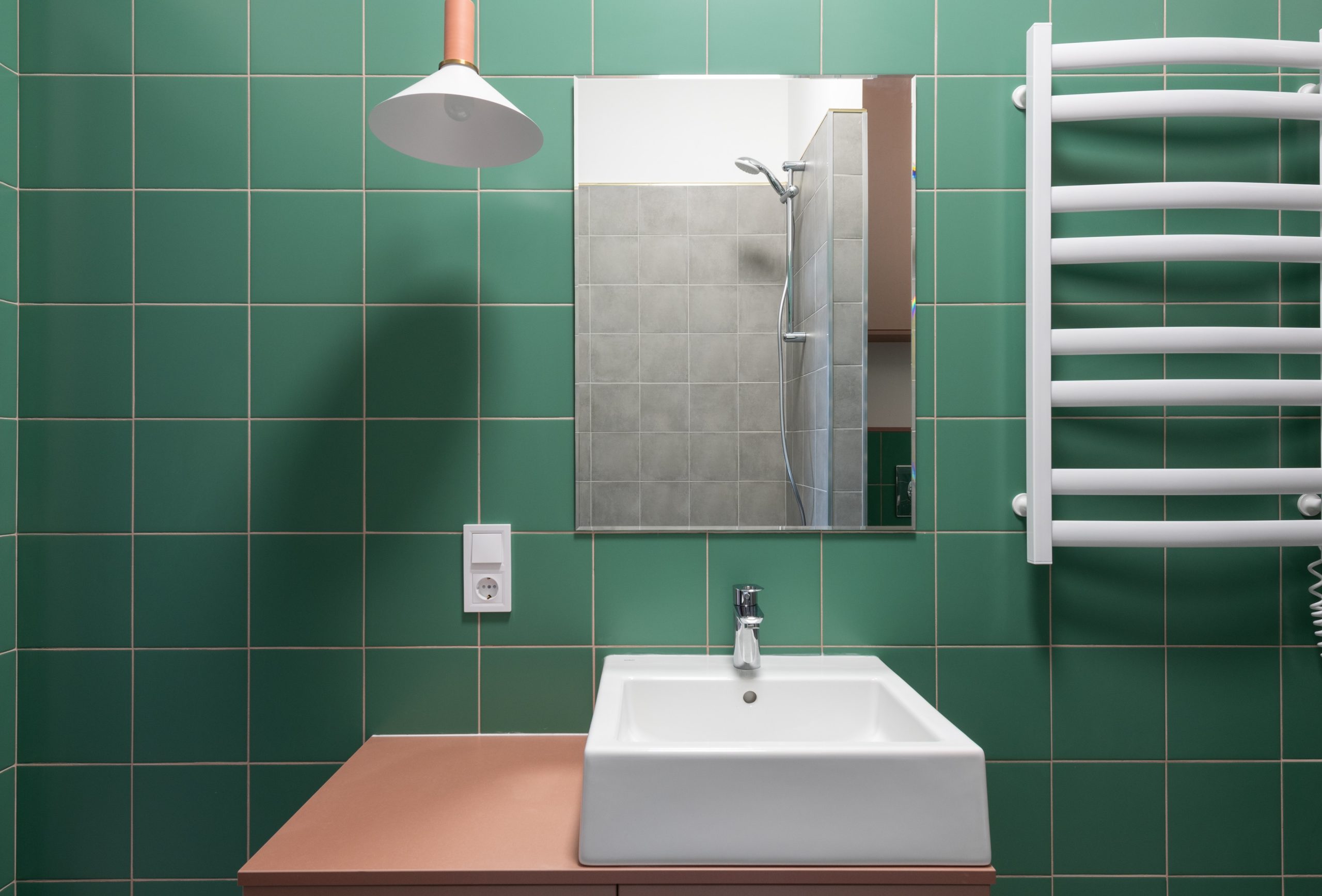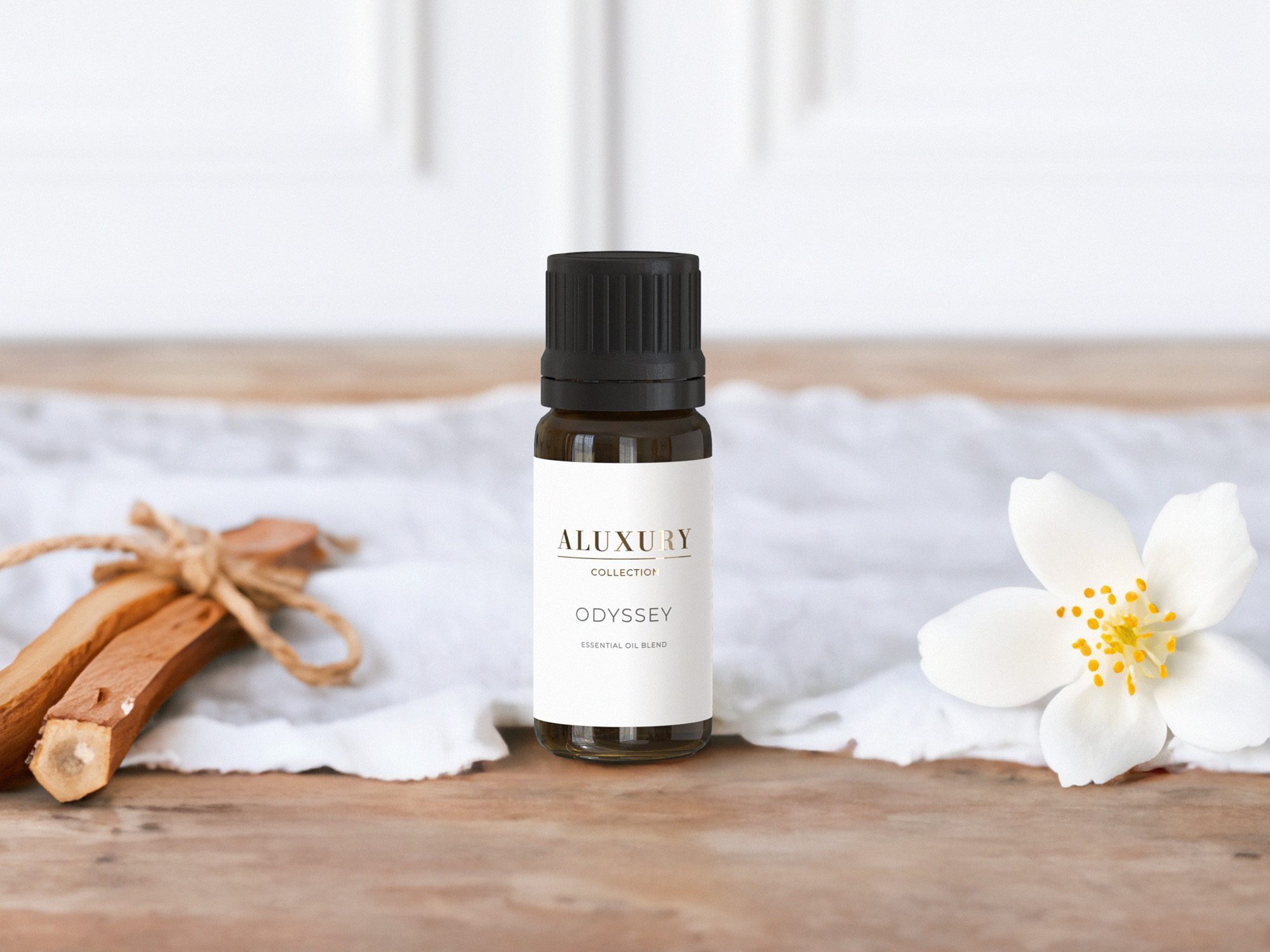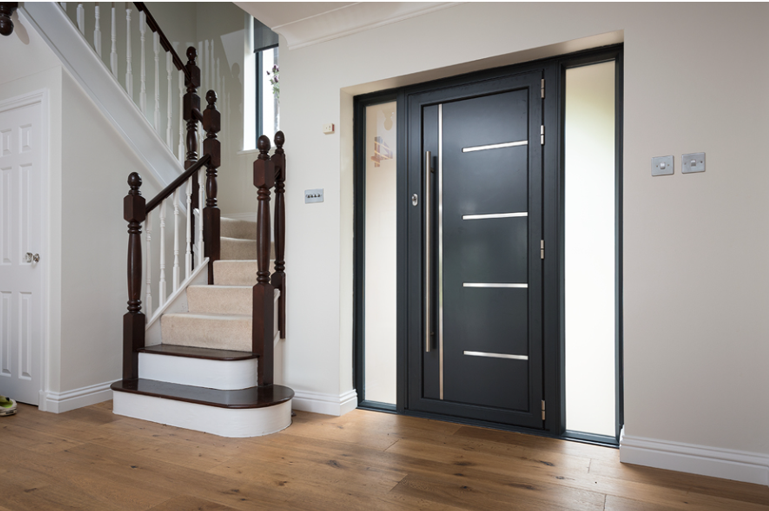Are you tired of the same old look of your bathroom? If you’re ready to give your bathroom a fresh and stylish makeover, then transforming it with wall panels could be the perfect solution. Wall panels have become increasingly popular in modern interior design, providing a versatile and attractive way to upgrade any space. In this comprehensive installation guide, we’ll walk you through the process of transforming your bathroom with stylish wall panels, step by step.
Introduction
Bathrooms are no longer just functional spaces; they are now seen as an integral part of the overall aesthetic of a home. Wall panels offer an innovative way to enhance the look and feel of your bathroom without the hassle of traditional tiling. These panels are available in various materials and designs, making it easy to find the perfect fit for your style and preferences.
Benefits of Using Wall Panels
Wall panels bring a host of benefits to your bathroom transformation project. They are not only visually appealing but also:
- Water-Resistant: Wall panels are designed to withstand moisture, making them ideal for humid bathroom environments.
- Low Maintenance: Unlike grout lines in traditional tiles, wall panels have minimal seams, reducing the chances of mold and mildew growth.
- Easy to Install: The installation process is relatively straightforward, and many homeowners can tackle it as a DIY project.
- Versatile Design Options: With a wide range of textures, colors, and patterns available, you can achieve the desired ambiance in your bathroom.
- Cost-Effective: Wall panels can often be a more budget-friendly option compared to elaborate tiling.
Types of Wall Panels
There are several types of wall panels to choose from, each with its unique characteristics. Here are a few popular options:
PVC Wall Panels
PVC panels are known for their affordability and durability. They are lightweight and easy to work with, making them a great choice for DIY installations. PVC panels come in a variety of designs, ranging from minimalist to ornate.
Wood Wall Panels
Wood panels add a touch of warmth and elegance to your bathroom. They create a cozy atmosphere and can be stained or painted to match your desired aesthetic. However, it’s important to note that wood panels require more maintenance to protect against moisture.
Acrylic Wall Panels
Acrylic panels offer a sleek and modern look. They are highly resistant to water and provide a seamless appearance due to their lack of visible seams. Acrylic panels are available in a range of colors and finishes.
Choosing the Right Wall Panels for Your Bathroom
When selecting bathroom wall panels , consider the overall style you want to achieve. Think about the colors, textures, and materials that will complement your existing fixtures and decor. It’s essential to choose panels that resonate with your personal taste while also being practical for a bathroom setting.
Tools and Materials You’ll Need
Before you start the installation process, gather the necessary tools and materials, including:
- Wall panels of your choice
- Adhesive or mounting hardware
- Level and measuring tape
- Saw or cutting tool suitable for the panel material
- Caulk and caulk gun
- Sandpaper or smoothing tool
- Cleaning supplies
Preparing Your Bathroom
To ensure a smooth installation process, you’ll need to prepare your bathroom:
Removing Old Tiles or Wall Coverings
If you have existing tiles or wall coverings, remove them carefully to create a clean surface for the new panels. Ensure that the wall is even and free from any debris.
Repairing and Cleaning the Surface
Inspect the wall for any imperfections or damage. Repair and fill any holes or cracks, then sand the surface for a smooth finish. Clean the wall thoroughly to remove dust, grease, or any residue that could affect adhesion.
Measuring and Cutting the Panels
Accurate measurements are crucial for a successful installation. Measure the height and width of the wall to determine the size of each panel. Use a level and pencil to mark guidelines for precise placement.
Installing the First Panel
Apply adhesive or mounting hardware to the back of the first panel according to the manufacturer’s instructions. Carefully align the panel with the marked guidelines and press it firmly onto the wall. Use a level to ensure it’s perfectly straight.
Installing Subsequent Panels
Continue installing panels one by one, ensuring they fit seamlessly together. Check for level and alignment as you go. Leave a small gap between panels to account for expansion due to temperature changes.
Dealing with Corners and Edges
For corners and edges, measure and cut panels to fit the space accurately. Use corner trims or edge profiles to achieve a polished look and cover any exposed edges.
Adding Finishing Touches
Once all panels are in place, apply caulk to seal gaps between panels and around fixtures. Wipe away any excess caulk for a neat appearance. Inspect the installation and make any necessary adjustments.
Maintenance and Care
To maintain the beauty and integrity of your newly transformed bathroom, clean the wall panels regularly with mild soap and water. Avoid using abrasive cleaners that could damage the surface. Check for any signs of wear or damage and address them promptly.
Conclusion
Transforming your bathroom with stylish wall panels is a rewarding endeavor that can elevate the ambiance of your space. By following this comprehensive installation guide, you can achieve a professional-looking result that complements your style and enhances the functionality of your bathroom.
Frequently Asked Questions (FAQs)
- Are wall panels suitable for wet areas like bathrooms? Yes, many wall panels are designed specifically for high-moisture areas like bathrooms, offering water resistance and durability.
- Can I install wall panels myself, or do I need professional help? Wall panels can be installed as a DIY project if you have the necessary tools and follow the instructions carefully. However, if you’re unsure, seeking professional help is a good option.
- How do I clean and maintain wall panels? Regularly clean wall panels with mild soap and water. Avoid abrasive cleaners, as they can damage the surface. Check for any signs of wear and address them promptly.
- Can I install wall panels over existing tiles? In most cases, yes. However, it’s essential to ensure that the existing tiles are firmly adhered to the wall and that the surface is even and smooth before installing wall panels.
- Do wall panels require any special maintenance over time? Wall panels are relatively low-maintenance. However, it’s a good idea to periodically check for any signs of damage, such as peeling edges or discoloration, and address them promptly.






